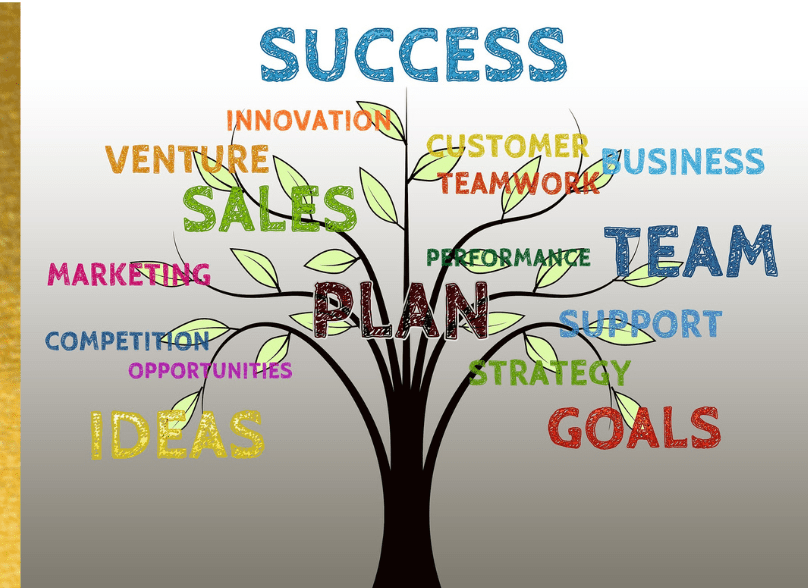Introduction
In the present serious business scene, picking the right marketing system is essential. With the fast progress of innovation, the discussion between Digital Advertising versus Customary Marketing has become more significant than at any time in recent memory. Both enjoy their strange benefits and accept vital parts in contacting expected clients. In this complete aid, we’ll investigate the differences, benefits, and damages of each, assisting you with concluding which is the best fit for your business.
What is Digital Marketing?

Digital Marketing refers to the use of online stages, computerized channels, and electronic gadgets to advance items and administrations. It uses the force of the web and computerized innovations to contact a more extensive crowd through mediums like online entertainment, web crawlers, messages, and sites. This cutting-edge promoting approach is information-driven, permitting advertisers to appropriately break down customer conduct and designer methodologies.
Center Parts of Electronic Marketing
1. Search Motor Streamlining (SEO): Further developing site deceivability on web indexes to draw in natural rush hour back-up.
2. Social Media Advertising (SMM): Drawing in with main interest groups through stages like Facebook, Instagram, LinkedIn, and Twitter.
3. Content Marketing: Content marketing Makes significant substance to draw in, connect with, and hold clients.
4. Email Marketing: Sending customized messages to likely clients to assemble connections and empower changes.
5. Pay-Per-Snap Publicizing (PPC): Putting promotions on web search tools and paying just when clients click on them.
What is Traditional Marketing?

Traditional Marketing includes disconnected techniques to elevate items or administrations to a wide crowd. It joins promoting through mediums like print media, radio, TV, announcements, and post-office-based mail. This kind of promotion has been around for a long time and keeps on being powerful in building brand awareness, particularly among more established socioeconomics.
Center Parts of Traditional Marketing
1. Print Advertising: Papers, magazines, brochures, and leaflets.
2. Broadcast Advertising: TV and radio advertisements.
3. Outdoor Advertising: Announcements, pennants, banners, and travel advertisements.
4. Direct Mail: Sending special materials straightforwardly to purchasers’ post boxes.
5. Telemarketing: Settling telephone decisions to likely clients to produce leads.
Benefits of Digital Marketing
1. Wider Reach: It permits organizations to contact a worldwide crowd, breaking geological obstructions.
2. Cost-Effective: It is more reasonable contrasted with customary strategies, making it ideal for new companies and private schemes.
3. Measurable Results: Investigation devices like Google Examination give bits of knowledge into cause implementation, supporting organizations with the following information-driven choices.
4. Targeted Advertising: Advertisers can target clear socioeconomics in light old enough, orientation, area, interests, and conduct.
5. Instant Input and Engagement: Online entertainment stages empower ongoing cooperation with clients, humanizing more grounded connections.
Benefits of Traditional Marketing
1. Touchable and Credible: Actual ads, for example, flyers and magazines can be kept, making them more significant.
2. Reaches a More Established Audience: Conventional promoting is compelling for focusing on more established ages who may not be as well-informed.
3. Better for Neighborhood Marketing: Ideal for arriving at nearby clients through techniques like newspapers, bulletins, and radio.
4. High Effect and Visibility: TV ads and enormous boards are difficult to disregard, having a lasting impression.
5. Builds Brand Trust: Long-laid-out mediums like television and print advertisements convey believability and trust.
Weights of Advanced Marketing
1. High Competition: The computerized space is immersed, making it try to stand apart without areas of strength for a.
2. Requires Stable Monitoring: Missions need ordinary changes and observation to remain successful.
3. Privacy Concerns: Purchasers are progressively worried about information security, which can influence promoting activities.
Negatives of Traditional Marketing
1. Expensive: TV, radio, and print promotions can be expensive, particularly for independent companies.
2. Limited Reach: Customary showcasing is bound to a particular geological region, making it less successful for worldwide effort.
3. Difficult to Measure: Following the outcome of customary showcasing efforts can be testing and frequently depends on gauges.
Computerized Showcasing versus Conventional Promoting: Which is better?
The solution to this question to a great extent relies upon your business goals, target audience, and budget.
– Computerized Marketing is great for organizations hoping to contact a more extensive crowd, with quantifiable outcomes, and at a lower cost. It offers a more flexible approach and is appropriate for organizations that need to stay aware of the most recent patterns and innovations.
– Customary Marketing stays successful for organizations focusing on a nearby market or a more seasoned segment. It’s ideal for making a high-influence brand presence and building validity, particularly for laid-out organizations.
Instructions to Include Computerized and Conventional Advertising for Best Results

Consolidating both advertising systems can yield the best outcomes. Here are far to include them:
1. Use Customary Advertisements to Drive Advanced Traffic: Incorporate your site, web-based entertainment handles, or QR codes on print promotions to guide clients to your internet-based stages.
2. Leverage Virtual Entertainment for Events: Advance disconnected occasions like expos and shows on your web-based entertainment channels to increment participation.
3. Content Repurposing: Convert print materials into advanced designs (e.g., leaflets into downloadable PDFs) as well as the other way around.
4. Use Advanced Information to Work on Customary Marketing: Use online examination to distinguish client inclinations and refine your conventional promoting approach in like manner.
Genuine Examples of Computerized and Customary Marketing
- Nike: Nike utilizes a mix of conventional and computerized promoting. Their high-spending plan television ads are supplemented by drawing in web-based entertainment crusades and force to be reckoned with associations.
2. Coca-Cola: Coca-Cola has dominated customary promoting with notable boards and television advertisements yet additionally participates in imaginative advanced crusades, for example, customized Coke bottles shared on the web.
3. Local Restaurants: Little diners frequently depend on neighborhood paper advertisements and radio spots while utilizing virtual entertainment stages like Instagram to share everyday specials and client tributes.
Advanced Showcasing versus Conventional Promoting
In the skirmish of Digital Showcasing versus Conventional Marketing, there is nobody-size-fits-all response. The two procedures have their assets and can be exceptionally compelling when utilized fittingly. For organizations with a worldwide interest group and a longing for quantifiable outcomes, digital marketing is the best approach. Then again, organizations that flourish with nearby openness or target more seasoned socioeconomics will find traditional marketing more useful.
The way to progress lies in figuring out your crowd, financial plan, and objectives, and tracking down the right harmony between these two strong showcasing techniques.
One thought on “Difference Between: Digital Marketing vs Traditional Marketing”